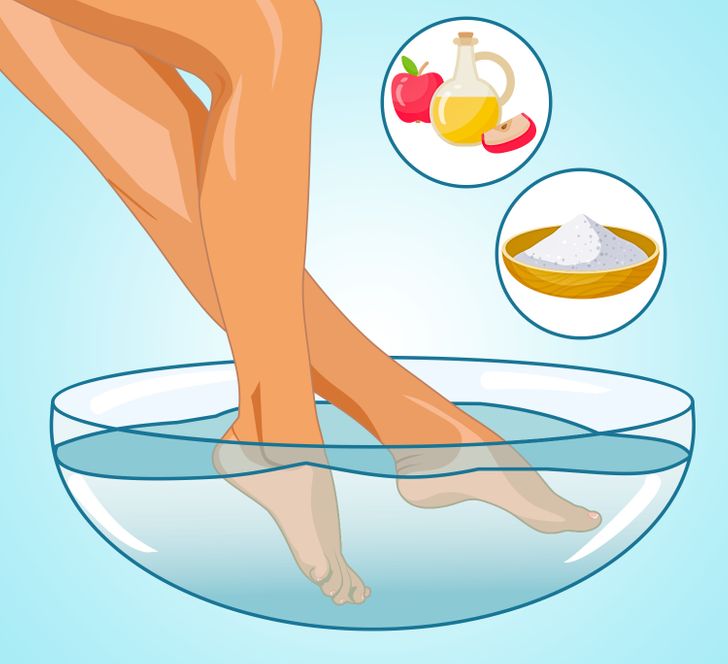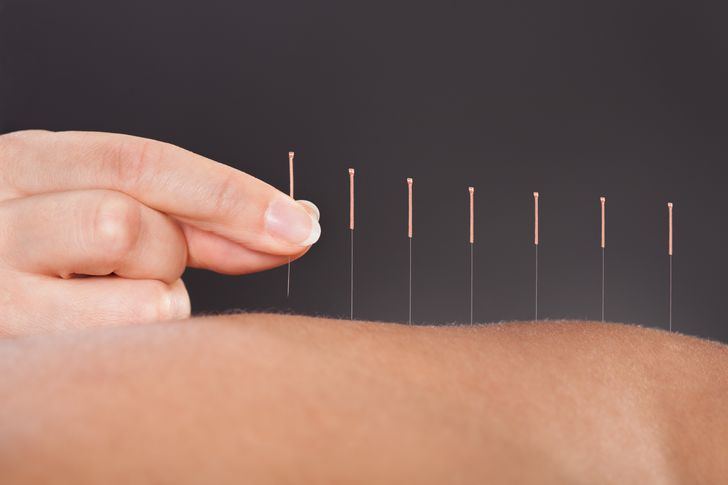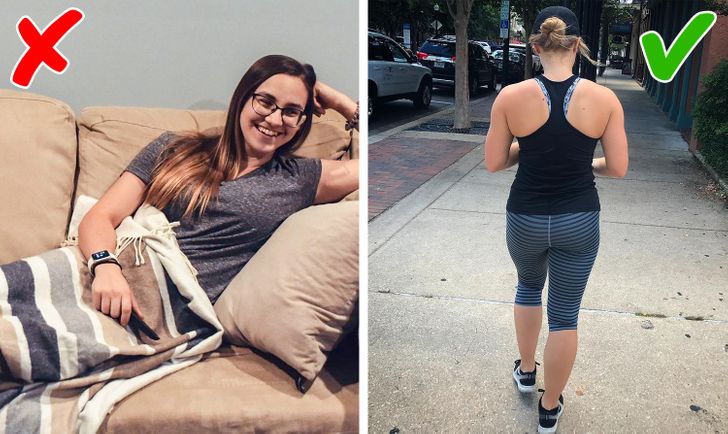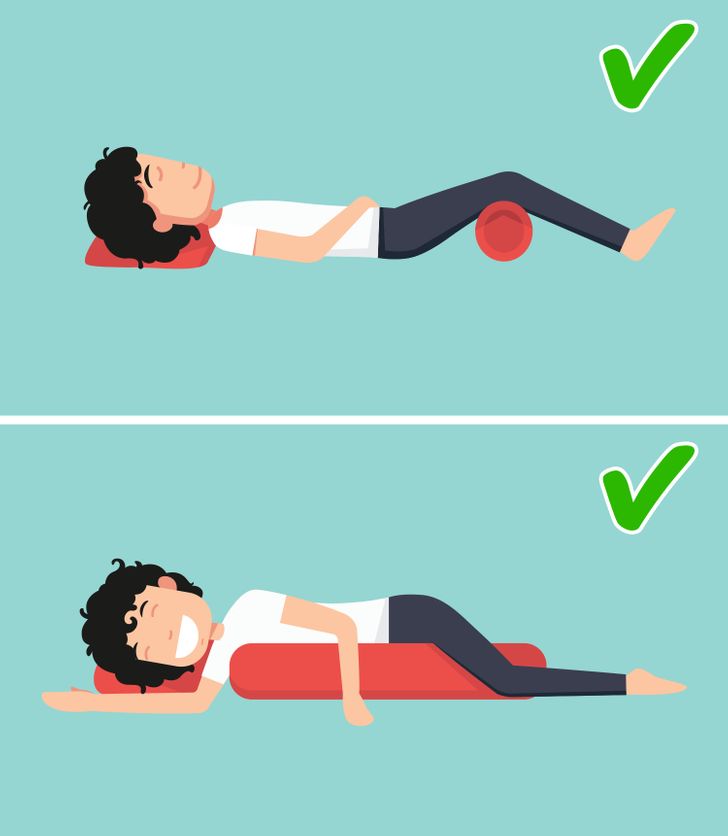The sciatic nerve is the longest and widest single nerve in your body, extending from the lower back to the foot. If you are irritated or depressed, you may suffer from sciatica, a type of severe pain that usually runs down one leg.
Among other symptoms, you may experience a feeling of weakness, numbness, burning, or tingling sensation in the affected legs and feet. If not properly treated, this condition can seriously affect the quality of your life, causing poor movement and balance.
We listed the most effective ways to treat sciatic nerve pain that will help you alleviate this condition without taking any medications.
Treatment For Sciatic Nerve Pain
6. Hamstring Stretching

The starting position: sit on the floor, with the right leg straight in front of you and the left leg bent at the knee, while the sole of the left foot is placed against the inside of the right thigh.
What to do:
- Keeping the right knee straight, extend the arms towards the right foot, and bend the waist as much as possible.
- Hold for about 15 to 30 seconds and return to the initial position.
- Repeat: 3 times for both legs
This stretch works directly with your hamstring muscles and can help relieve pain and tension caused by sciatica.
5. A Vinegar Foot Soak

About an hour before bedtime, take a small bucket of warm water, add 500 ml of apple cider vinegar and a cup of salt and mix well.
Soak your feet in this bath for about 10 to 15 minutes, then dry them with a towel, and make sure they stay warm overnight. The next morning, do not stand or walk on the ground barefoot.
If you repeat the procedure 3 to 4 times per week, you should experience a massive decrease in pain that will occur due to the anti-inflammatory properties of apple cider vinegar.
4. Acupuncture

According to some studies, unlike most anti-inflammatory medications, the use of acupuncture ends up being an effective way to relieve low back pain and treat cases of sciatica.
READ RELATED: Nikki Sanderson reveals she suffered 'very bad' depression after she left Coronation Street
This ancient Chinese practice is relatively safe and is rarely associated with serious adverse events, so it can be used without risk.
3. Ice Packs Or Heating Pads
As a general rule, ice packs are used to reduce inflammation caused by a pinched nerve, and also to numb pain while heat helps to relax the muscles around the nerve and relieve pressure.
Ice and heat are generally applied for approximately 15 to 20 minutes, and if necessary, the procedure should be repeated every 2 hours.
Here are some tips to follow when using cold or cold compresses:
- Ice packs should be applied within the first 2 to 3 days after the occurrence of acute symptoms. After that, it is better to use heating pads.
- Apply heat before any physical activity to warm up the muscles and increase blood flow in the area.
- Use ice or an ice pack after activity to cool down the inflammation.
- Apply heating pads every time you leave a sitting position to help your muscles prepare for movement.
- Take a warm bath before bed. It will relax your tight muscles and help you sleep better.
2. Physical Activity

The golden rule of sciatica prevention is to avoid sitting for many hours without moving. The types of activities like watching TV or working at a table can really make things worse and increase pain.
So even if you’re not a huge sports fan, try alternating sitting/lying periods with short walks. Taking a few steps a day will increase blood flow to the nerve and reduce inflammation around it.
1. The Right Sleeping Position

If you suffer from sciatic nerve pain, the best sleeping position is to lie on your back. To relieve pressure, it is best to lift your knees with a pillow or rolled towel. This position will tilt your pelvis and help you sleep more comfortably.
Side sleepers should also use a pillow: simply bend the upper part of the knee, pull it towards the head and put a pillow underneath to align the hips and avoid pain.
Do you know of other ways to treat sciatic nerve pain? Share your experience with us in the comments!
Source: crfatsides










